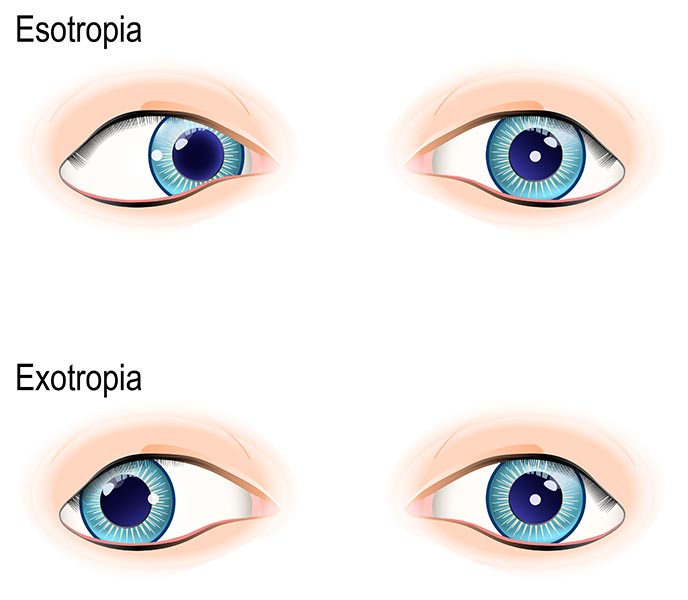Researchers at Boston Children’s Hospital have made a
significant discovery regarding the genetics of strabismus, a condition
affecting eye alignment. They found that two types of strabismus, esotropia and exotropia, may share genetic
risk factors. Specifically, duplications on the second, fourth, and tenth
chromosomes were identified in patients with both conditions. This breakthrough
suggests a shared underlying genetic cause for both types of strabismus, offering
hope for developing treatments that could benefit sufferers of
either condition.
The study involved genetic samples from 234 patients over 18
years, including individuals with exotropia and their family members, some of
whom had strabismus and others who did not. The research, published in JAMA
Ophthalmology, highlights the significant role of genetics in strabismus,
despite known environmental risk factors like prematurity and smoking during
pregnancy.
This research is a great find in understanding the genetics
of strabismus. By discovering the common genetic factors that cause different
types of the condition, scientists are opening up opportunities for more
specific treatments and ways to prevent it. More studies to
understand how it all works could lead to significant advancements in eye care.

No comments:
Post a Comment